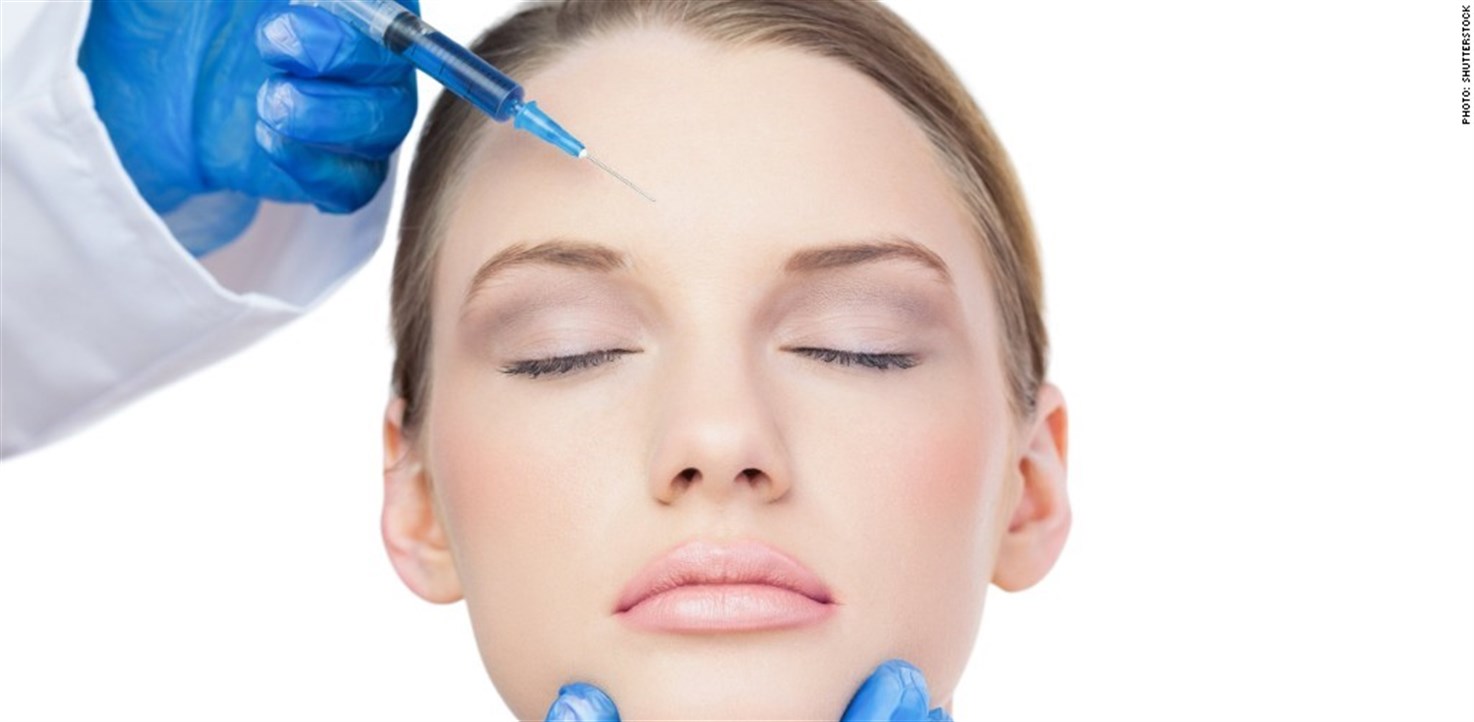 Botox, often see as an elixir of youth for those looking to smooth out wrinkles, recently received an additional stamp of approval from the American Academy of Neurology as a treatment for chronic migraines and other neurological disorders. The guidelines reflecting this development recommend Botox for a variety of reasons far beyond the cosmetic purposes for which Botox has gained a reputation. The AAN’s official journal, Neurology, published the guidelines on April 18, 2016.
Botox, often see as an elixir of youth for those looking to smooth out wrinkles, recently received an additional stamp of approval from the American Academy of Neurology as a treatment for chronic migraines and other neurological disorders. The guidelines reflecting this development recommend Botox for a variety of reasons far beyond the cosmetic purposes for which Botox has gained a reputation. The AAN’s official journal, Neurology, published the guidelines on April 18, 2016.
Botox, made by Allergan Inc., belongs to a group of drugs called botulinum toxins. These drugs work by blocking the neurotransmitter acetylcholine, which stops the muscles from responding to the nervous system’s message to contract. Botulinum toxins have the potential to treat many neurological disorders affecting the muscular system.
Although the U.S. Food and Drug Administration approved the use of Botox for migraines in 2010, the AAN hesitated to do so until more reputable studies confirmed Botox’s benefits for migraine treatment. Multiple well-designed, placebo-controlled trials supporting the efficacy of Botox to treat migraines led the AAN to conclude that enough valid scientific evidence exists to recommend Botox as a treatment. The effectiveness of Botox to treat migraines remains modest with one study reporting that 15% of participants had fewer headaches than did the placebo group. Still, the approval from the AAN paves the way for patients and physicians to better customize treatment plans and allows for further study into Botox’s usefulness in treating neurological disorders. Because the studies found Botox to be more effective and have less side effects than other migraine management tools, physicians may recommend it early in the treatment plan.
The authors who created the guidelines also reviewed research over Botox’s ability to treat other neurological conditions like blepharospasm, cervical dystonia, and spasticity. The researchers gave the highest recommendation for Botox treatment to cervical dystonia – a painful condition in which the neck muscles contract involuntarily causing the head to twist or turn to one side. Because no cure exists for cervical dystonia, Botox produces hope of pain relief for those living with the condition.
The guidelines include recommendations for which of the four types of Botox treats certain conditions the best and the dose at which they should be administered. For example, the guidelines suggest as treatment for upper limb spasticity three types of the drug, but refrain from recommending the fourth as a treatment. These guidelines set the current standard for which further research will be based, and health providers should expect more specificity in the recommendations as Botox as a therapy for neurological disorders progresses.
For more information: https://jilard.com/neurologists-recommend-botox-for-migraine-spasms/289772/




